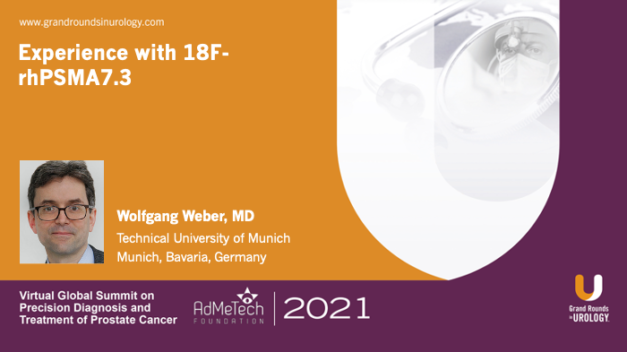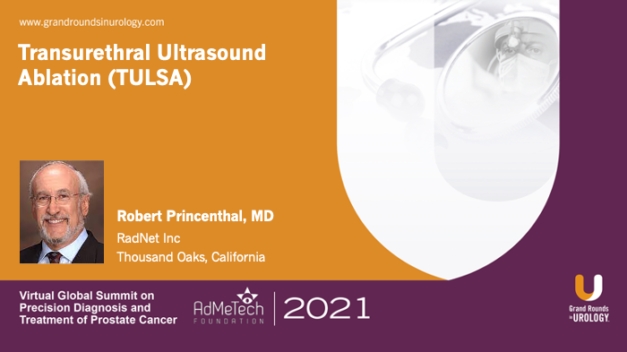Germline Genetics and Prostate Cancer Evolution and Aggressivity
Paul C. Boutros, PhD, MBA, examines germline genetics and urine characteristics of prostate cancer and how these relate to aggression.Paul C. Boutros, PhD, MBA, examines germline genetics and urine characteristics of prostate cancer and how these relate to aggression.
Read More








